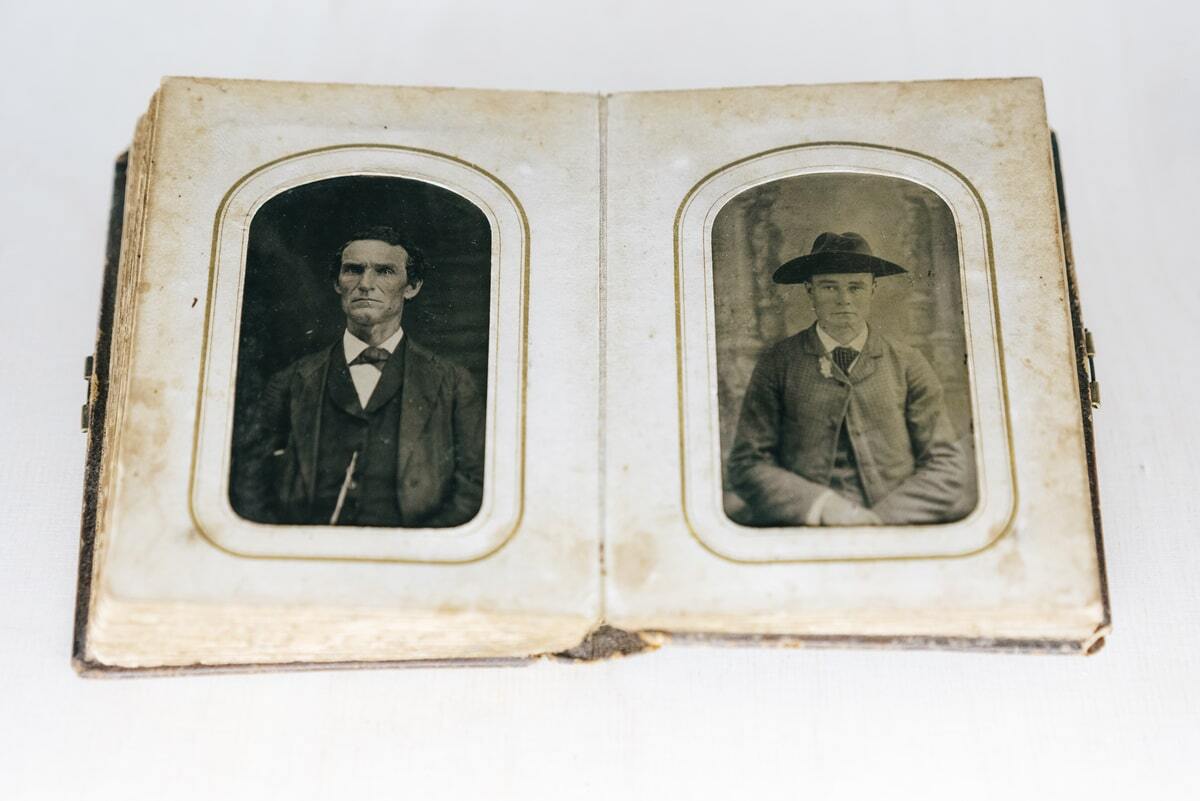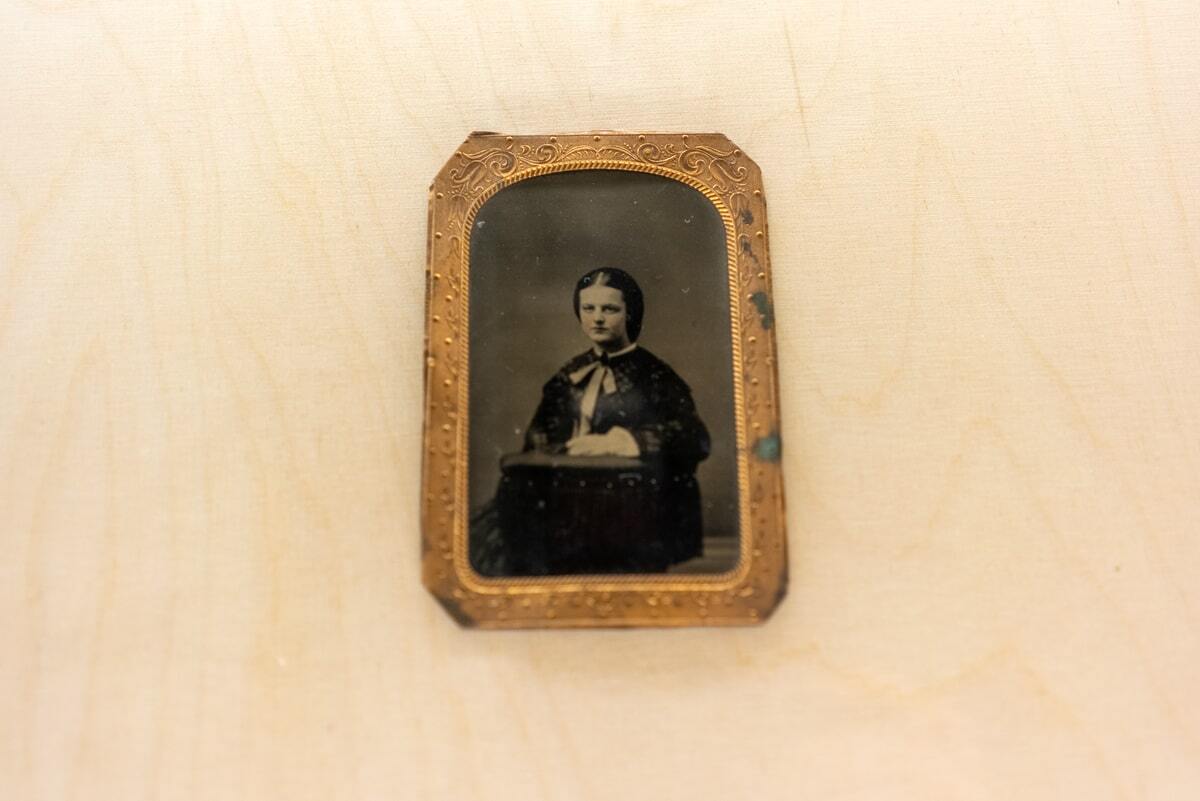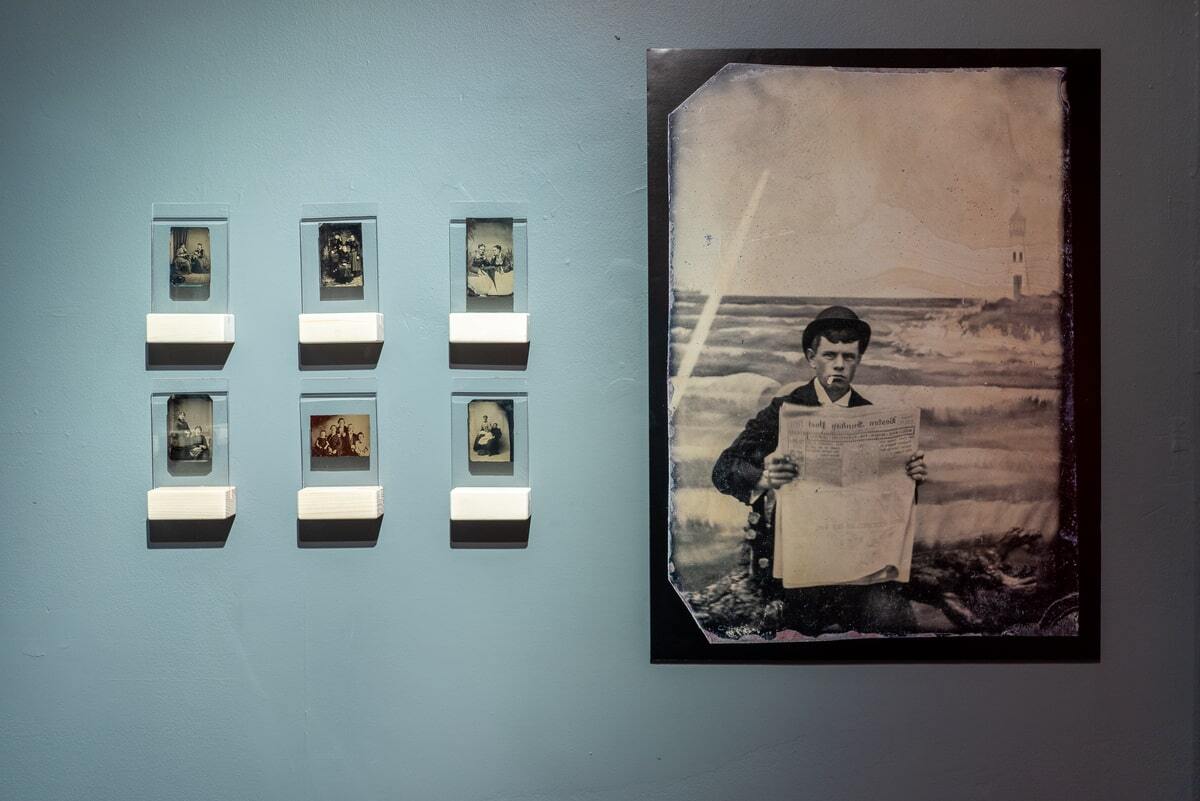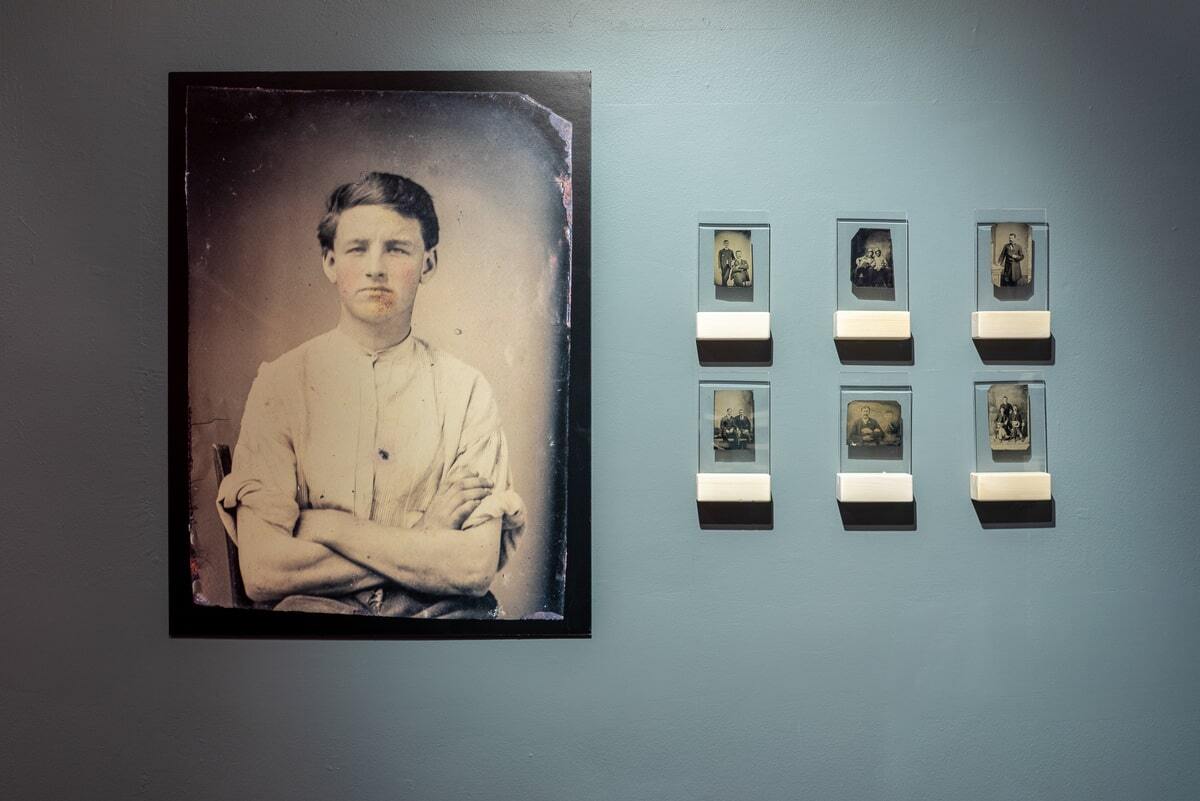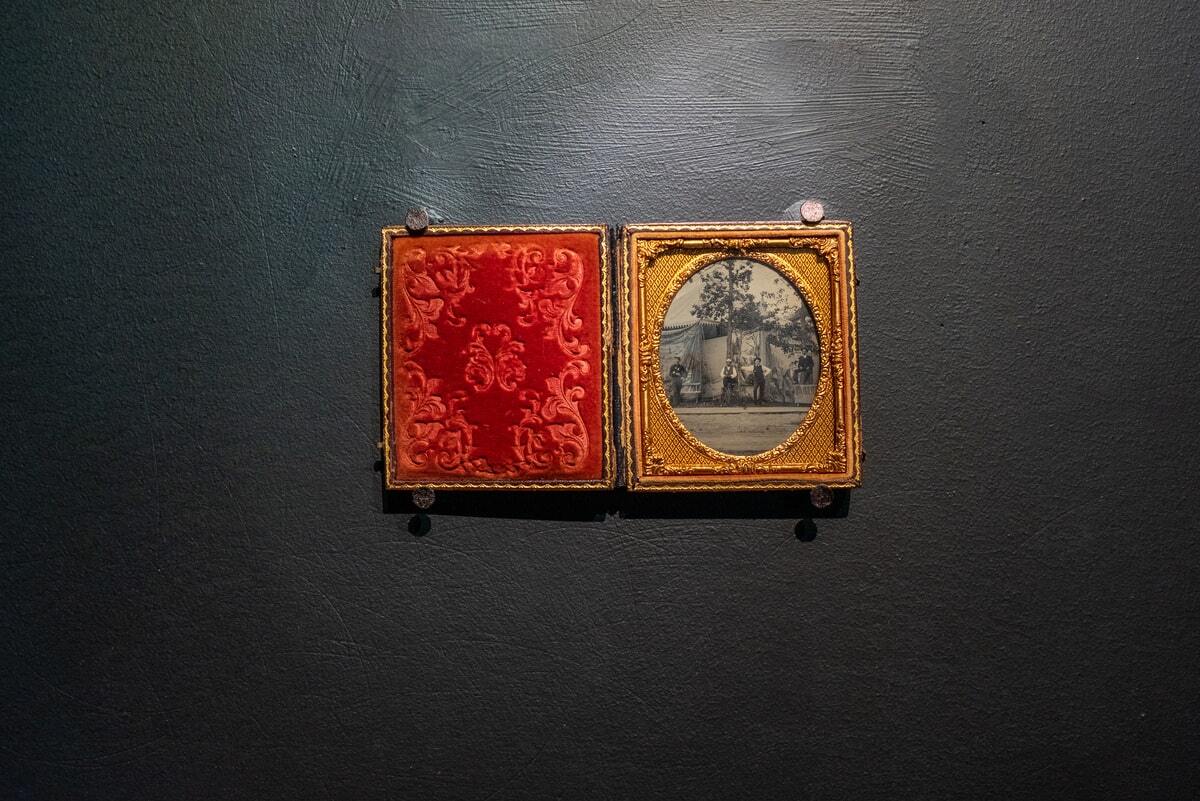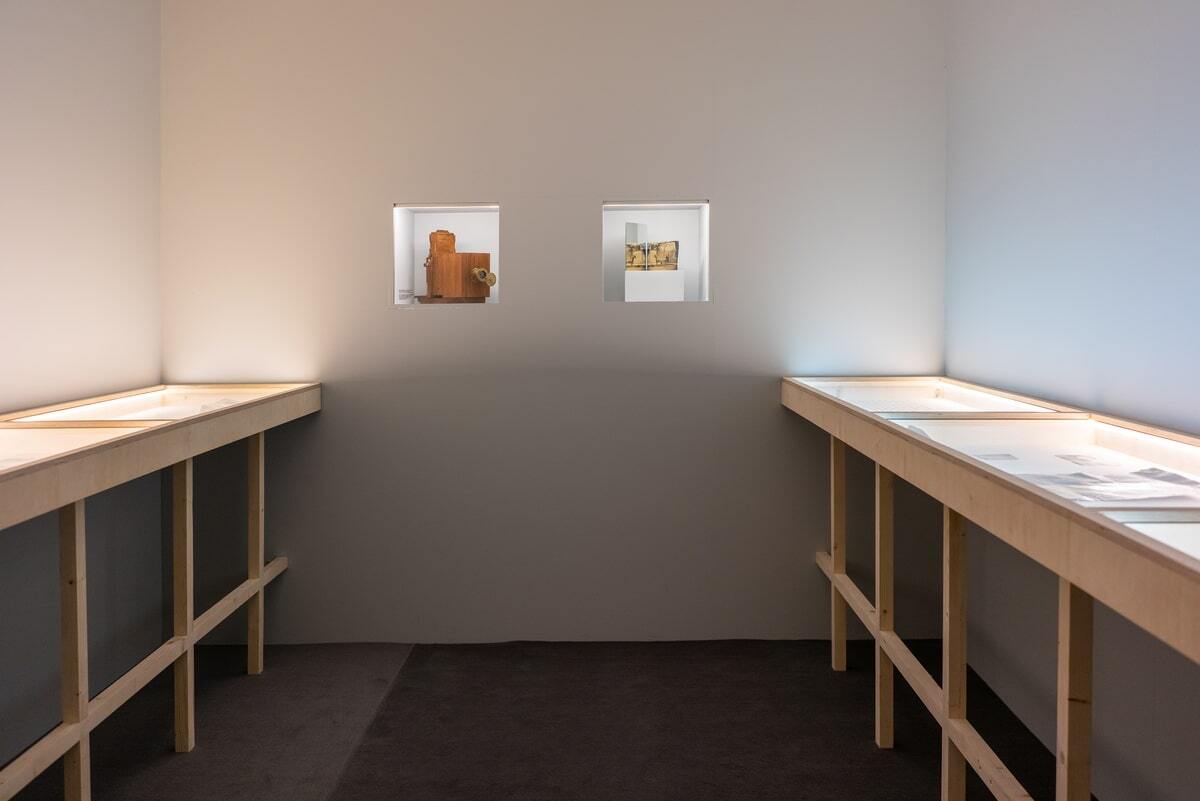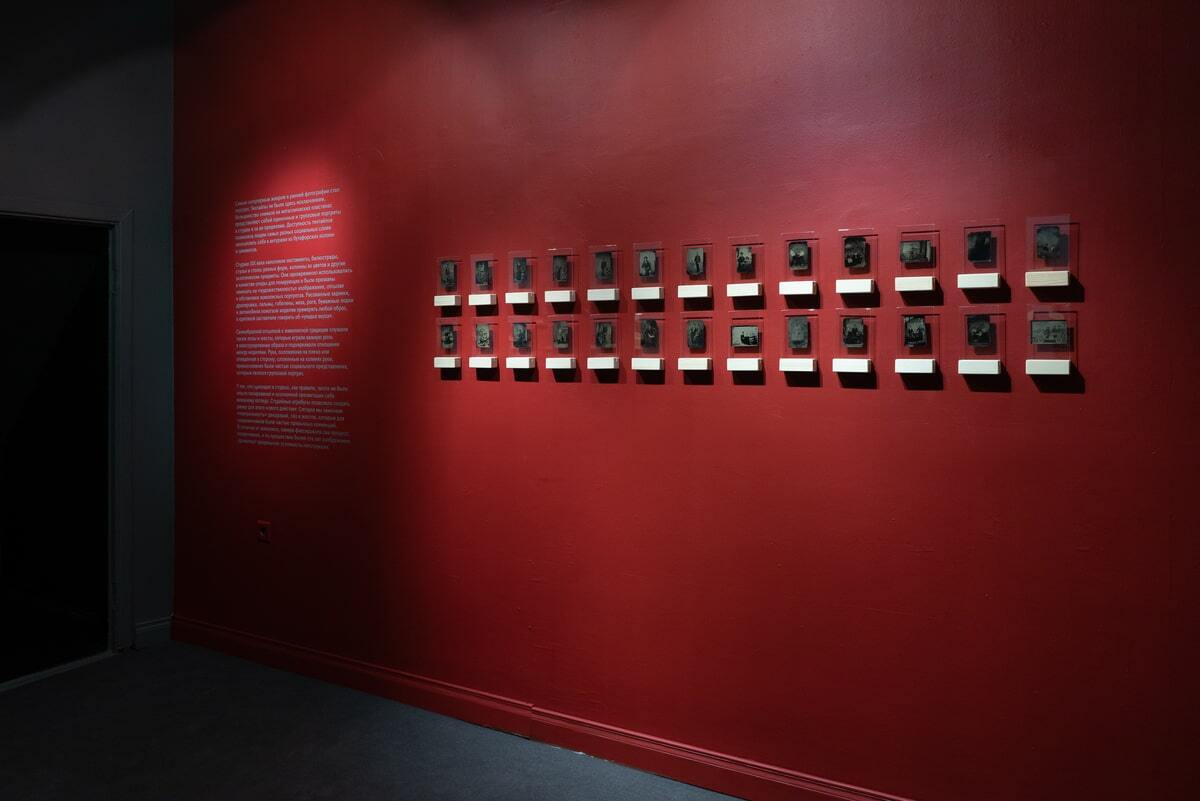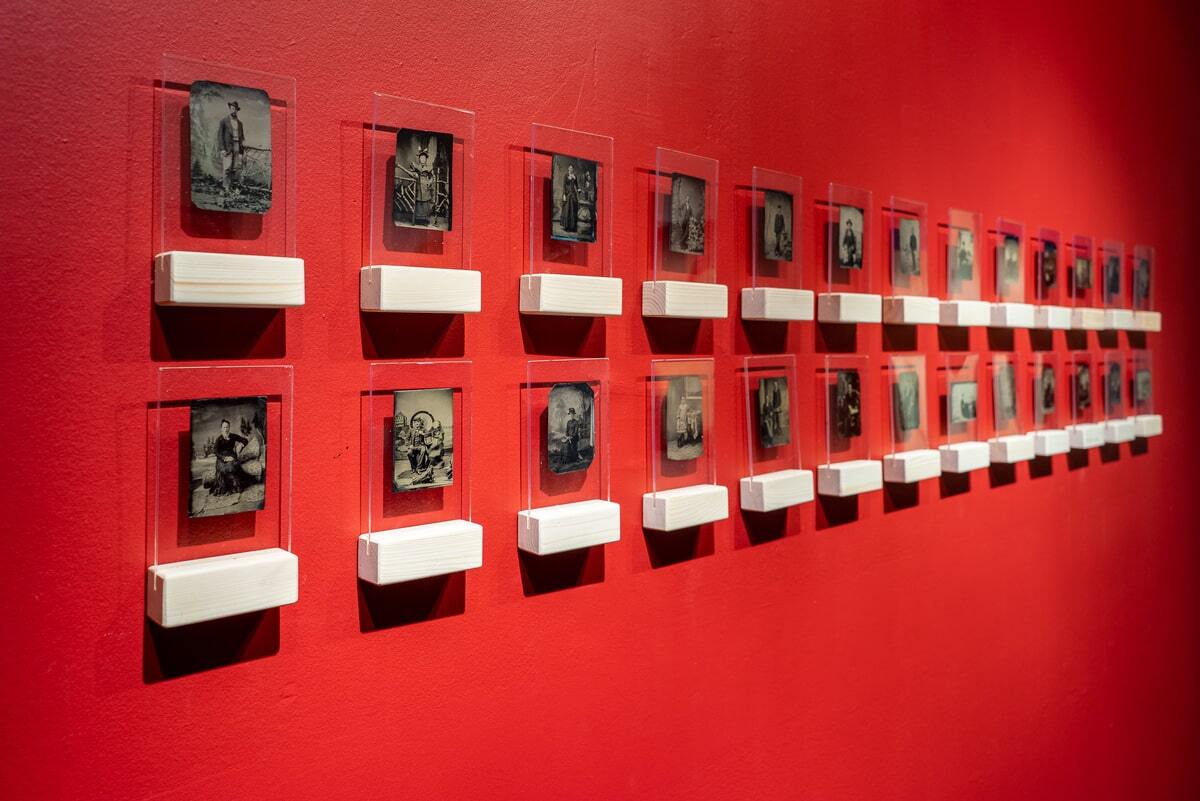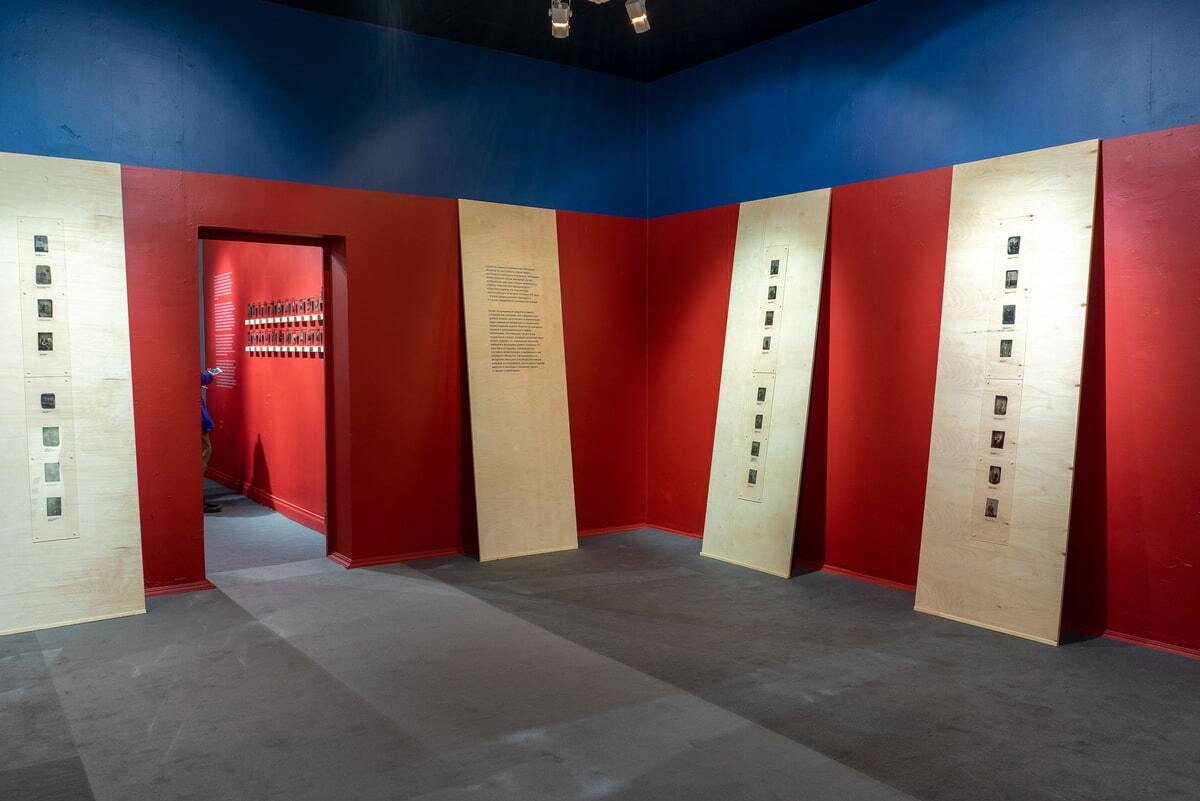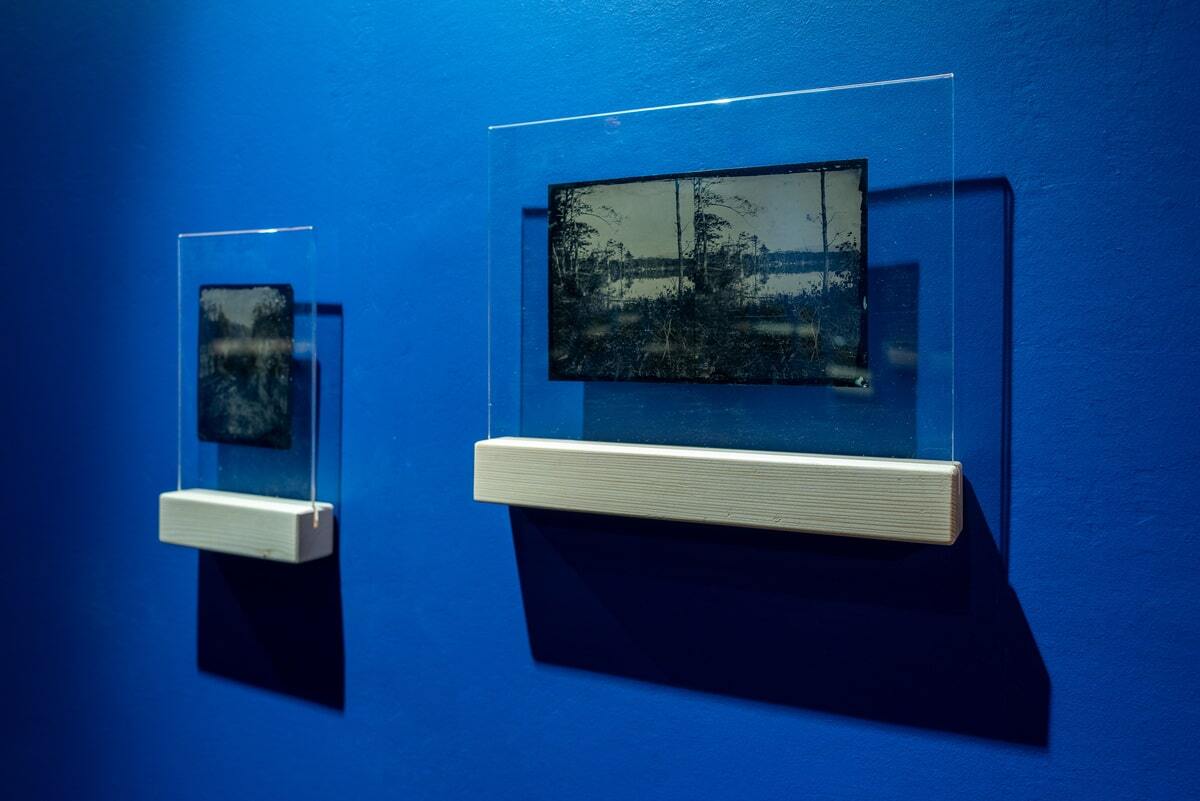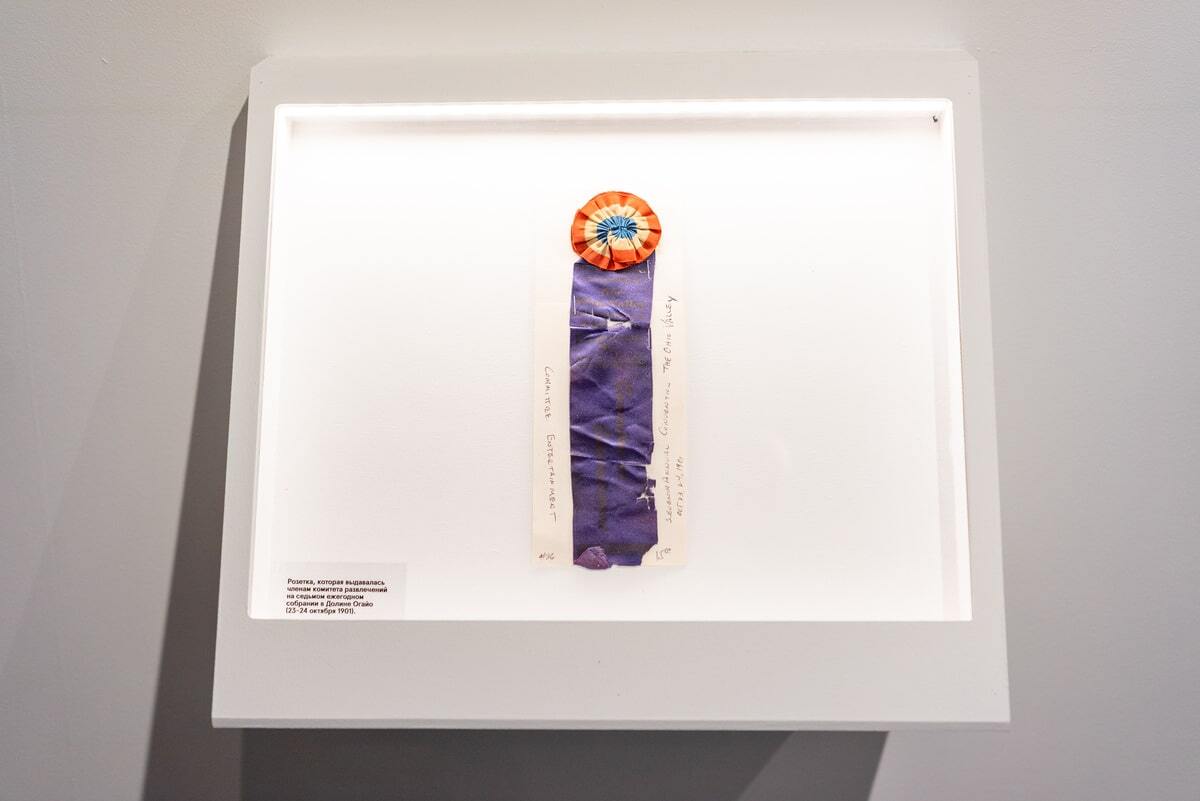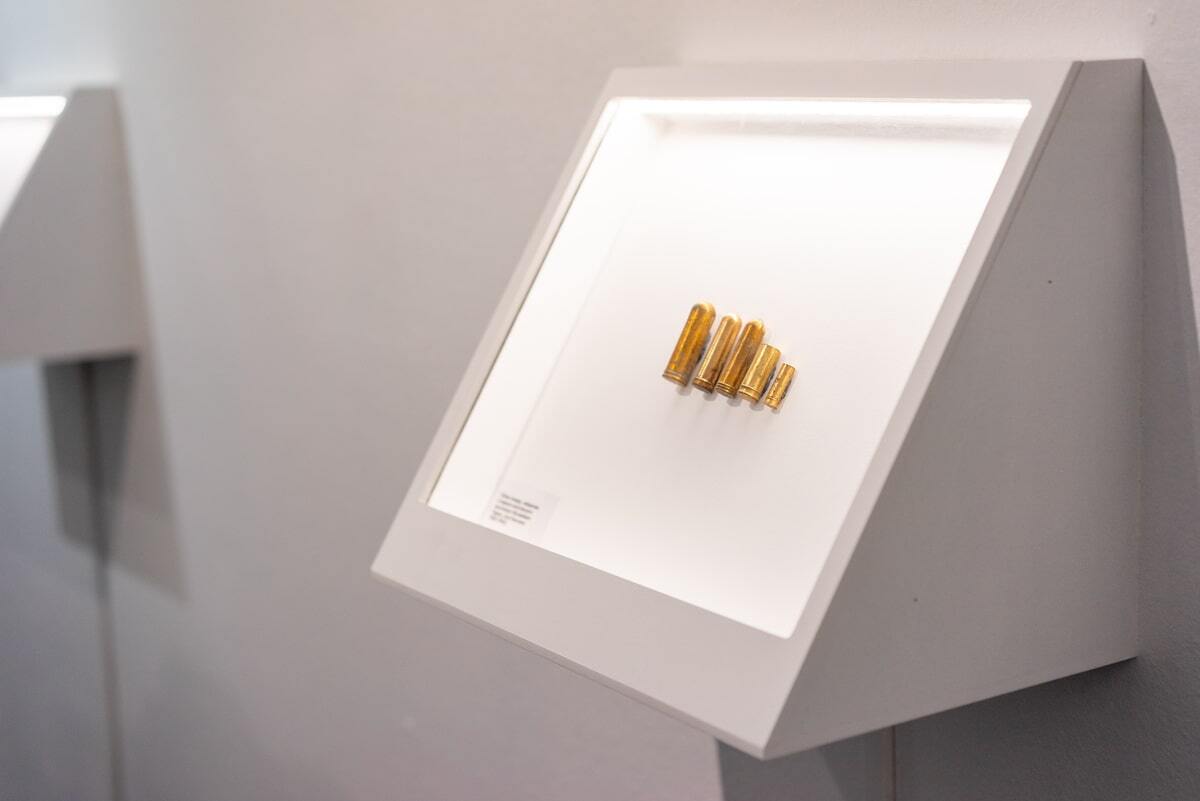More than Photography: American Tintype
Tintype (or ferrotype) is one of the most intriguing forms of early photography. This democratic and affordable photographic image on a metal plate, patented in the mid-1850s, quickly became an alternative to the expensive daguerreotype. The technology gained particular popularity in the United States and remained the most sought-after type of photography for almost half a century. Due to its affordability, tintype was accessible to nearly everyone, and the surviving collection of images today provides us with a wide-ranging view of American society during its formative period.
Some of the exhibited photographs capture the times of the Civil War and the spread of slavery in the Southern states, immortalizing the origins of conflicts that remain unresolved to this day in metal. The exhibition's concept, conceived by Arthur Bondar and curated by Olga Annanurova, invites viewers to consider tintypes from both historical and contemporary perspectives, viewing them as unique material objects and images that shaped people's self-perceptions and societal structures.
A highlight of the exhibition brings together Polaroid photographs of the American South taken by Arthur Bondar during his recent trip to the United States with original tintypes and historical artifacts. Here, archival material meets modern documentation, and America of the past century meets the present; fragments of the past and present transcend linear time and engage in a dialogue defined by the exhibition's chronotope.
Author: Arthur Bondar
Curator: Olga Annanurova
Some of the exhibited photographs capture the times of the Civil War and the spread of slavery in the Southern states, immortalizing the origins of conflicts that remain unresolved to this day in metal. The exhibition's concept, conceived by Arthur Bondar and curated by Olga Annanurova, invites viewers to consider tintypes from both historical and contemporary perspectives, viewing them as unique material objects and images that shaped people's self-perceptions and societal structures.
A highlight of the exhibition brings together Polaroid photographs of the American South taken by Arthur Bondar during his recent trip to the United States with original tintypes and historical artifacts. Here, archival material meets modern documentation, and America of the past century meets the present; fragments of the past and present transcend linear time and engage in a dialogue defined by the exhibition's chronotope.
Author: Arthur Bondar
Curator: Olga Annanurova
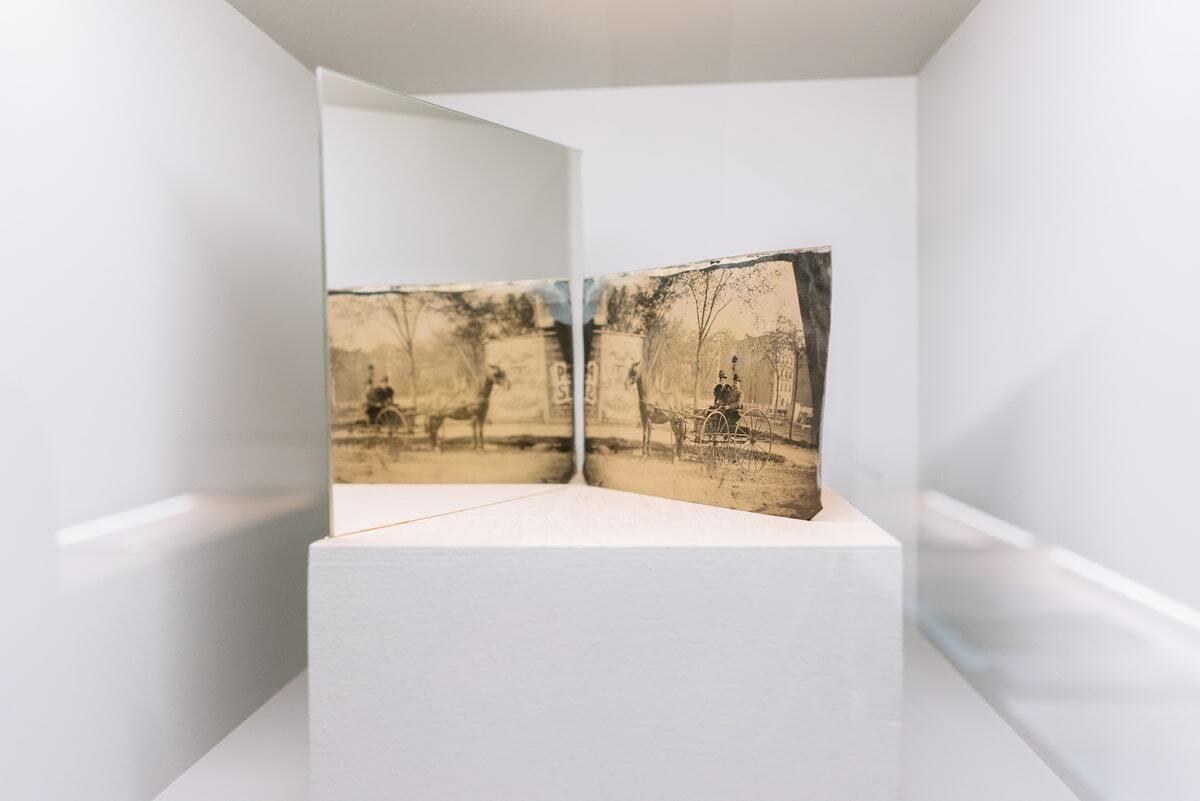
museum: The New wing of Gogol House
area: 150 m2
exhibits: 300 pcs
types of exhibits: graphics, photography, video, artifacts
area: 150 m2
exhibits: 300 pcs
types of exhibits: graphics, photography, video, artifacts
exhibition architecture
